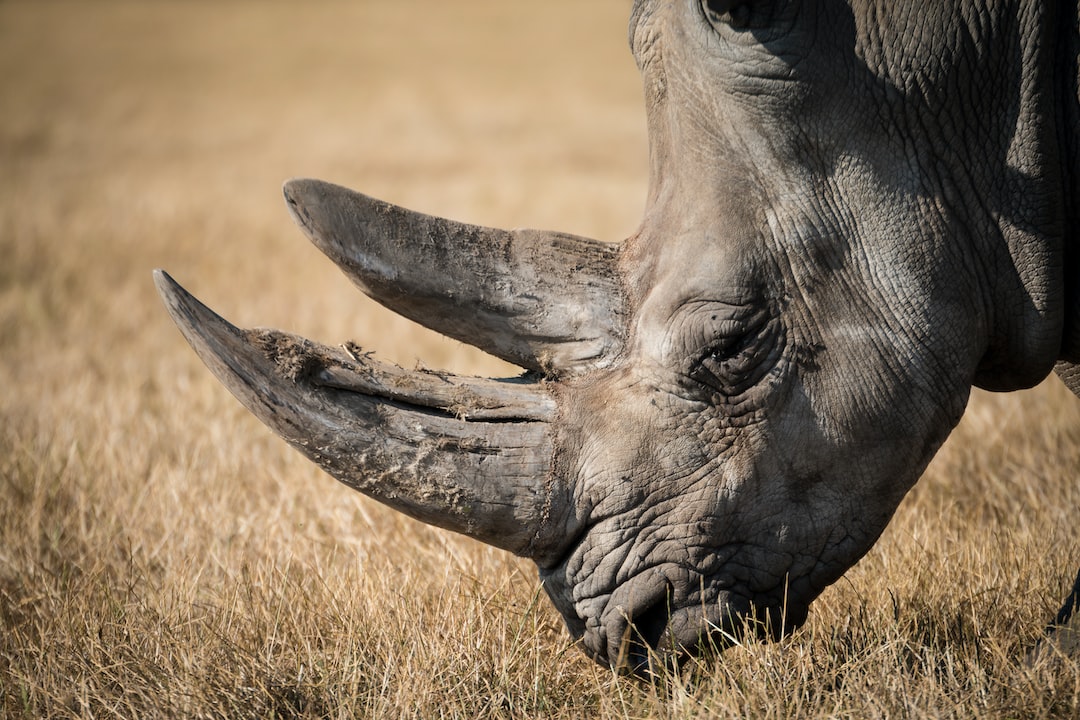When it comes to honey, most people think of it as a sweet and delicious natural sweetener or a delightful addition to their morning tea. However, have you ever wondered about how honey is actually made? Honey production is an incredibly fascinating process that involves the intricate work of bees and their secret lives within a beehive.
The first step in understanding honey production is to learn about the life of a bee. Bees live in large organized communities known as beehives. Within these hives, there are three types of bees – the queen bee, worker bees, and drones. The queen bee is in charge of reproduction and lays all the eggs in the hive. The worker bees are female bees responsible for tasks such as collecting nectar, feeding the larvae, and building the hive. On the other hand, drones are male bees whose primary purpose is to mate with the queen bee.
Honey production starts with the process of collecting nectar. Worker bees fly from flower to flower, sucking the nectar with their tongue-like proboscis. Nectar is a sugary fluid secreted by flowers to attract bees and other pollinators. Once the bee has collected enough nectar, it stores it in its honey sac, a special extra stomach where the nectar is temporarily stored.
Back at the hive, the bee regurgitates the nectar into the mouth of another worker bee. This process is called trophallaxis. The regurgitated nectar is passed from bee to bee until it reaches a bee known as the hive bee, who deposits it into a honeycomb cell. The hive bee ensures that the nectar’s moisture content is reduced through constant flapping of its wings, which helps evaporate the water from the nectar. The process of reducing the moisture content is essential as it prevents fermentation.
Once the moisture level reaches a specific threshold, the bees seal the honeycomb cell with a wax cap to preserve the honey for future use. A single bee may visit thousands of flowers in its lifetime, gathering numerous drops of nectar. However, it takes many bees visiting many flowers to produce just a small amount of honey. In fact, bees must make two million visits to flowers just to make one pound of honey!
Once the honey is sealed in the honeycomb, it is ready for consumption. However, it’s not only humans who enjoy the honey. Bees rely on this sweet substance for their survival during colder months when flowers are scarce. They consume honey to produce energy and generate heat to keep the hive warm.
Apart from its delicious taste, honey has numerous health benefits. It is an excellent source of antioxidants, vitamins, and minerals. Honey is known for its antibacterial properties, soothing effect on sore throats, and wound healing properties. It’s no wonder that honey has been used in traditional medicine for centuries.
In conclusion, the process of honey production is a masterpiece of nature. From the intricate behaviors of bees to their remarkable ability to collect nectar and transform it into honey, it’s truly a marvel to behold. The next time you enjoy a spoonful of honey, remember the extraordinary journey it took from the flowers to your kitchen, courtesy of the secret lives of bees.

